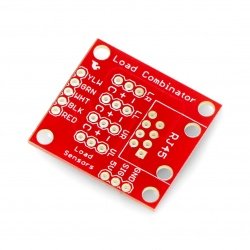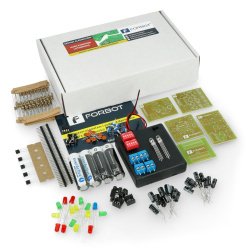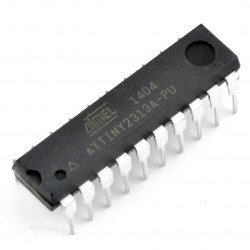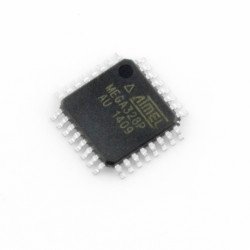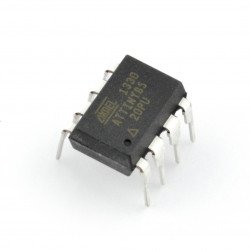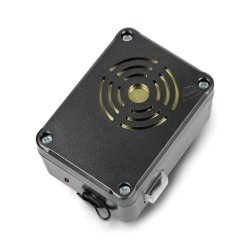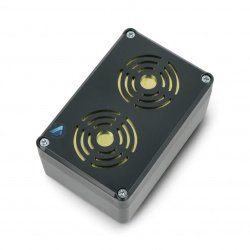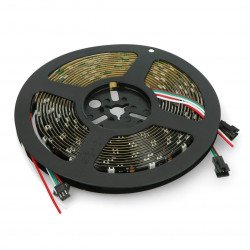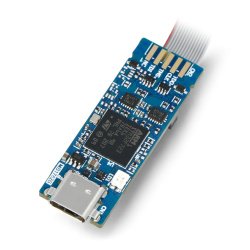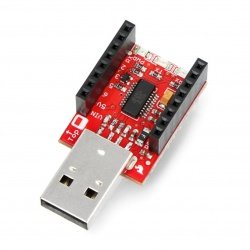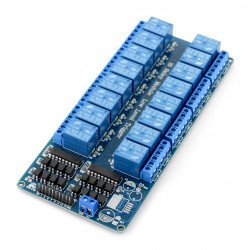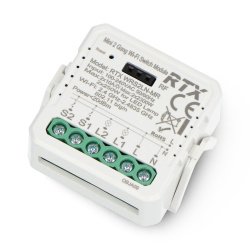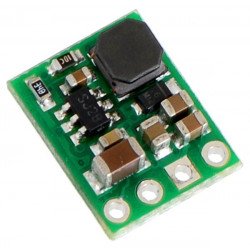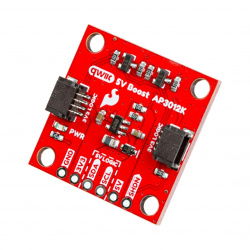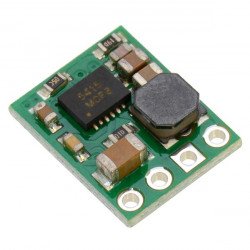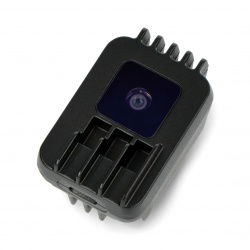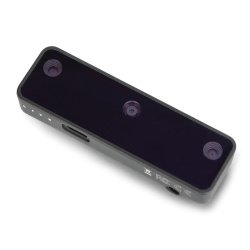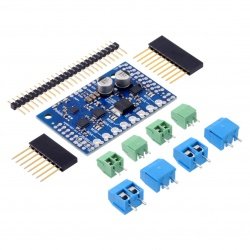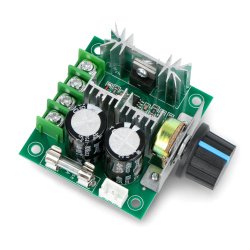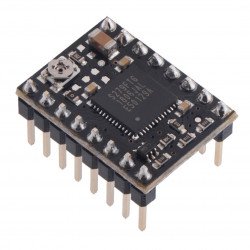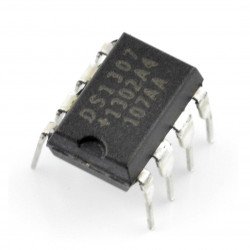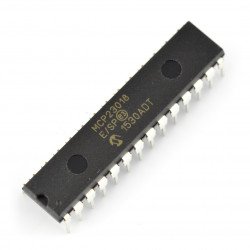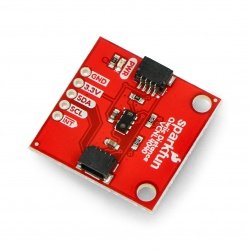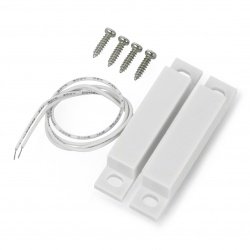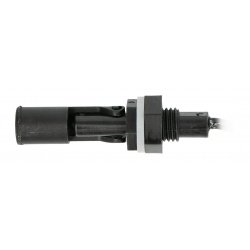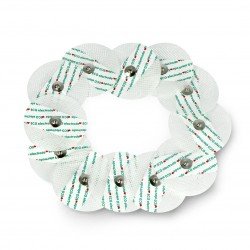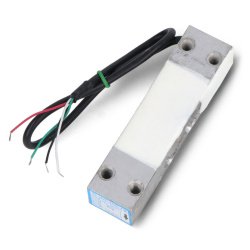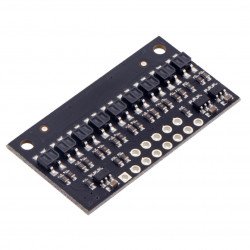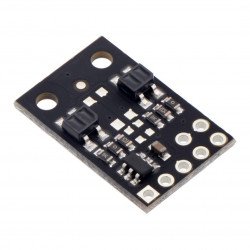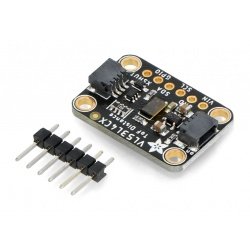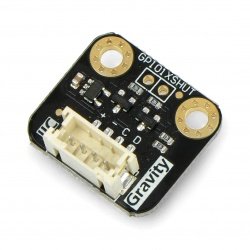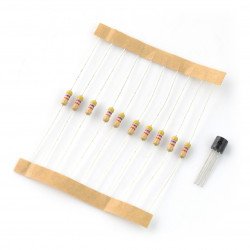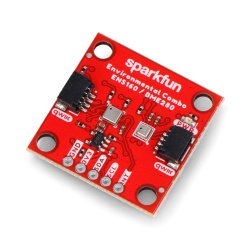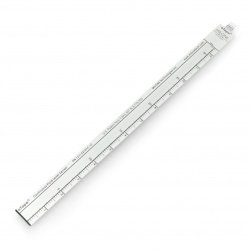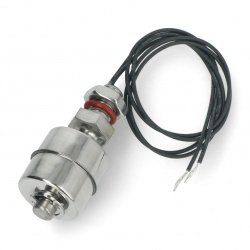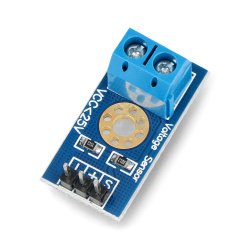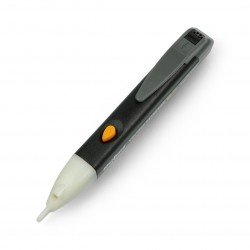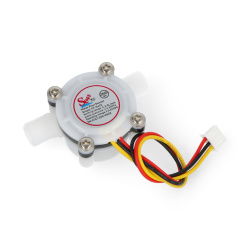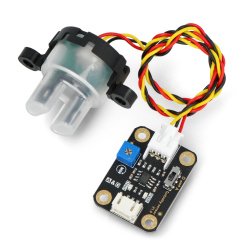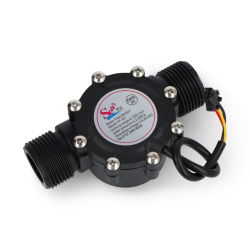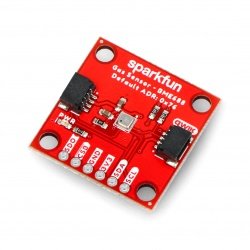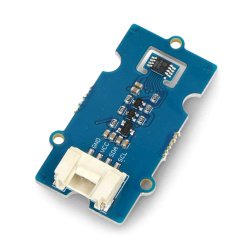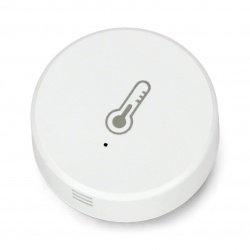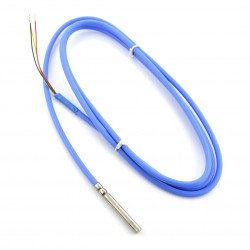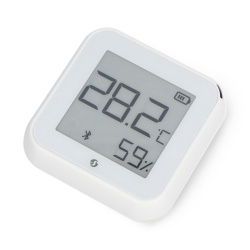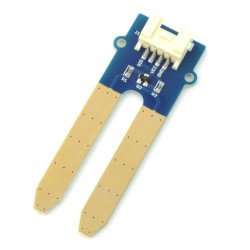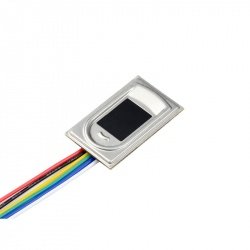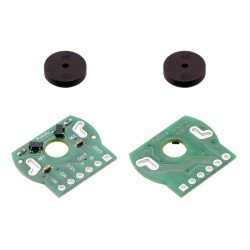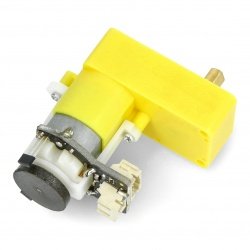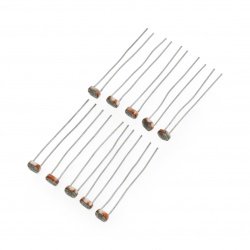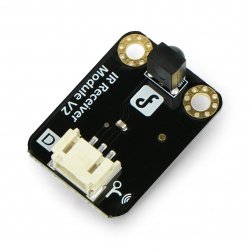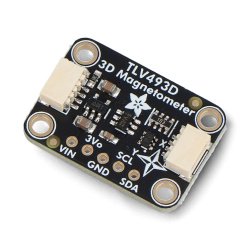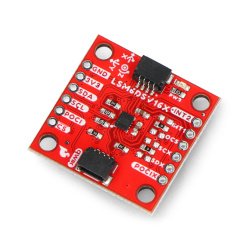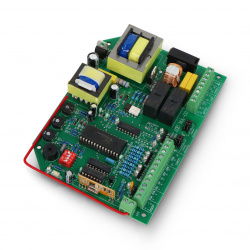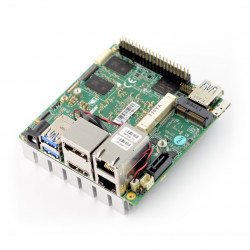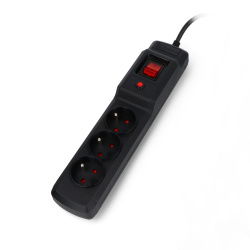Resistor Calculator
Resistors available on the market are produced in a wide range of sizes, which necessitates the use of various methods for marking the parameters of these components. The largest ones (e.g., high-power ceramic through-hole resistors) are usually described directly—resistor markings include a natural record of resistance values and power, such as 4.7Ω 5W. For cylindrical resistors of low (<=0.25W) and medium power (1-2W), a special resistor color code is commonly used, consisting of four, five, or six bands with precisely defined colors. The successive resistor bands allow for recording the resistance value (e.g., 15 kΩ), production tolerance (e.g., 5%), and in the case of precision resistors—the temperature coefficient of resistance (TCR), e.g., 50 ppm.
This universal method of marking resistors has been adopted worldwide and has been successfully used for several decades due to the low cost of such prints, the simple way of reading them, and their resistance to mechanical damage—in the case of alphanumeric prints, even slight scratching of the marking can lead to complete illegibility of the text, which would prevent component identification.
Resistor Decoder – How to Use
To use our calculator, first determine the number of bands, then identify the last one—usually placed a bit farther from the others, which facilitates determining the reading direction. Next, select the colors of the subsequent bands, and then read the parameters of your component in the result window. Manual identification is also aided by the resistor color table—the reading principle is the same, but using it, you can more quickly learn to recognize the color code of resistors on your own, greatly facilitating your work on your own projects.
Resistor Color Band Codes
Four-band resistor codes consist of two significant digits (encoded by the first two bands), one multiplier (third band), and a tolerance designation (fourth band). For example, the code brown-black-red-gold is applied to 5-percent resistors 1 kΩ according to the scheme:
1(brown)0(black) * 102(red) = 10*100 = 1000 Ω = 1 kΩ
Resistor colors for 5- and 6-band codes are the same, but their meanings change: resistor markings of 5-band types contain three significant digits, a multiplier, and a tolerance mark, while for 6-band codes, an additional, sixth band indicates the TCR. It is therefore crucial to remember the significance of the colors in order from zero to nine—this way, you can easily reproduce the significant digits and the multiplier. Bar code resistors (4 and 5 bands) in the vast majority of cases end with a gold band (5% tolerance) or brown band (1% tolerance).




















































































